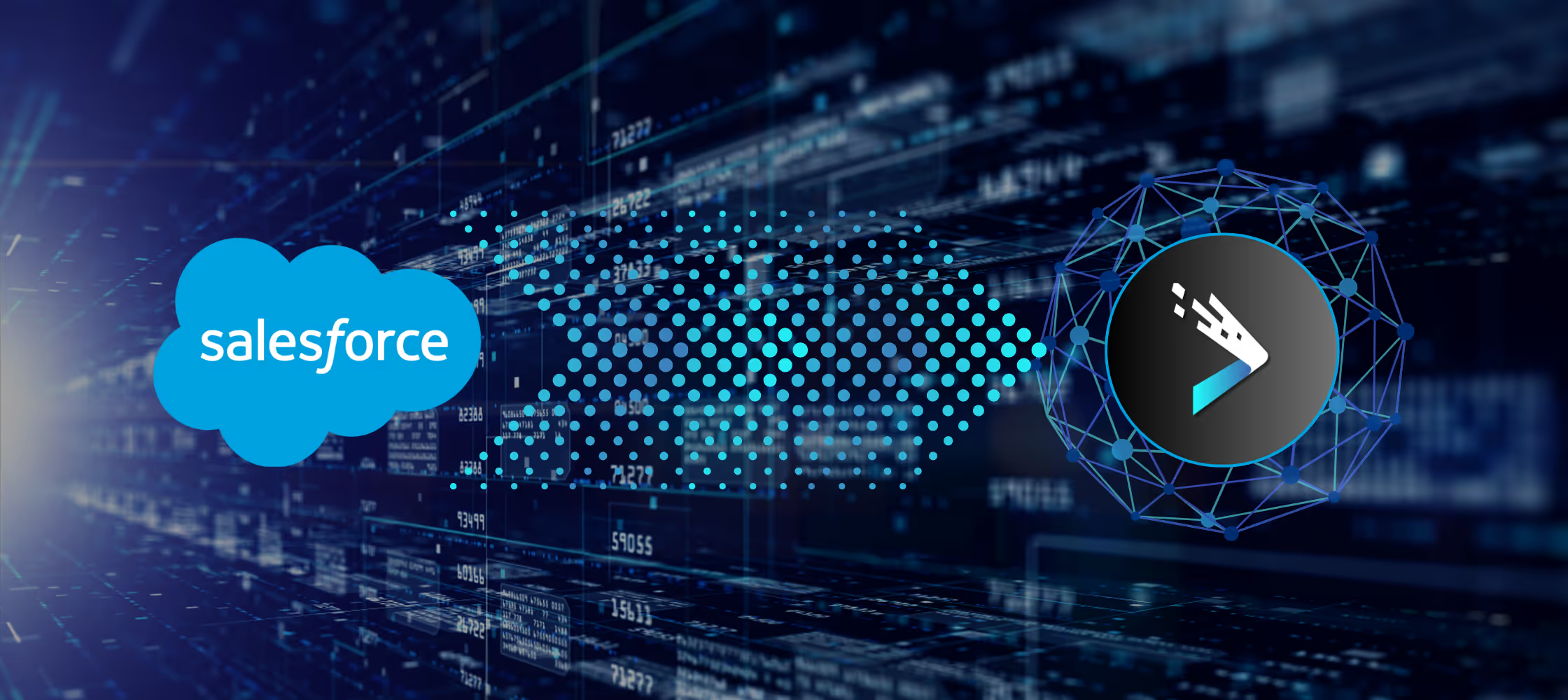Enabling smarter and more efficient analytics for Salesforce customers
As the world's leading customer relationship management (CRM) platform, Salesforce has revolutionized the way businesses manage customer relationships and has become indispensable for companies of all sizes. It powers 150,000 companies globally, including 80% of Fortune 500 corporations, and boasts a 21.8% market share in the CRM space - more than its four leading competitors combined. Salesforce becomes the central repository of essential and sensitive customer data, centralizing data from different sources. For many of their customers, Salesforce becomes the single source of truth for customer data, which includes critical transactional and business-critical data with significant security and compliance relevance.
Business leaders need to analyze transaction data for business analytics and dashboarding to enable data-driven decision-making across the organization. However, analyzing Salesforce data (or any other SaaS application) requires significant manual effort and places constraints on data and security engineering bandwidth.
We were able to act as an application data fabric and help a customer optimize Salesforce data analytics and auditing with DataBahn.
How DataBahn's application data fabric enables faster and more efficient real-time analytics Read More
Why is auditing important for Salesforce?
How are auditing capabilities used by application owners?
SaaS applications such as Salesforce have two big auditing use cases - transaction analysis for business analytics reporting and security monitoring on application access. Transaction analysis on Salesforce data is business critical and is often used to build dashboards and analytics for the C-suite to evaluate key outcomes such as sales effectiveness, demand generation, pipeline value, and potential, customer retention, customer lifetime value, etc. Aggregating data into Salesforce to track revenue generation and associated metrics, and translating them into real-time insights, drives essential data-driven decision-making and strategy for organizations. From a security perspective, it is essential to effectively manage and monitor this data and control access to it. Security teams have to monitor how these applications and the underlying data are accessed, and the prevalent AAA (Authentication, Authorization, and Accounting) framework necessitates a detailed security log and audit to protect data and proactively detect threats.
Why are native audit capabilities not enough?
While auditing capabilities are available, using them requires considerable manual effort. Data needs to be imported manually to be usable for dashboarding. Additionally, data retention windows in these applications natively are short and are not conducive for comprehensive analysis, which is required for both business analytics and security monitoring. This means that data needs to be manually exported from Salesforce or other applications (individual audit reports), cleaned up manually, and then exported to a data lake to perform analytics. Organizations can explore solutions like Databricks or Amazon Security Lake to improve visibility and data security across cloud environments.
Why is secured data retention for auditing critical?
Data stored in SaaS applications is increasingly becoming a target for malicious actors given its commercial importance. Ransomware attacks and data breaches have become more common, and a recent breach in Knowledge Bases for a major global SaaS application is a wake-up call for businesses to focus on securing the data they store in SaaS applications or export from it.
DataBahn as a solution
DataBahn acts as an application data fabric, a middleware solution. Using DataBahn, businesses can easily fork data to multiple consumers and destinations, reducing data engineering effort and ensuring that high-quality data was being sent to wherever it needed to be for both simple (storage) or higher-order functions (analytics and dashboards). With a single-click integration, DataBahn prepares SaaS application data from Salesforce or a variety of other SaaS applications - Servicenow, Okta, etc. available for business analytics and security threat detection.
Using DataBahn also helps businesses more efficiently leverage a data lake, a BI solution, or SIEM. The platform enriches data and enables transformation into different relevant formats without manual effort. Discover these and other benefits of using an Application Data Fabric to collect, manage, control, and govern data movement.












%20(3).avif)

